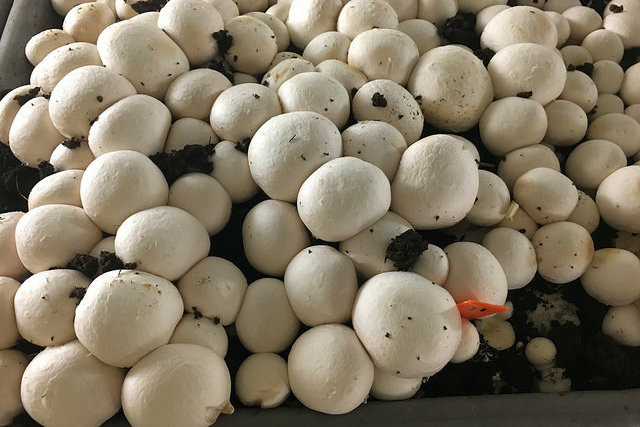Since 2003, new crop varieties produced by genetic modification have had to be assessed for their risks to the environment and human and animal health before they can be farmed in the European Union. The court has now decided that genetic modification includes any technique that induces genetic changes “in a way that does not occur naturally”. This includes new genome editing techniques such as CRISPR/Cas9, but also approaches that have been used in plant breeding since the 1960s.
Some scientists have criticised the court for “shutting the door” on new technologies that could benefit human health and the environment. This is certainly a concern. The ruling will discourage the use of genome editing that could bring significant environmental benefits by making it more expensive for such such crops to clear the necessary regulatory processes.
But the main problem illustrated by this ruling is the deep logical flaw in the whole regulatory approach. Plants that have been bred in more traditional ways, which could have just as serious health or environmental impacts, will continue to be exempt from regulation. Focusing on how a new crop is produced – rather than the new characteristics or agricultural practices it brings – will inevitably result in wholly inadequate protection for the environment and consumers.
Every new crop variety is genetically different from its predecessors. A lot of genetic variation can arise naturally from errors in DNA copying, mutations caused by environmental factors, cross breeding with wild relatives, viruses and many other sources. All this variation is excluded from the EU definition of GM.
To increase genetic diversity and generally speed things up, scientists can induce mutations deliberately. Random mutagenesis – purposefully encouraging genetic mutations, for example with radiation – has been used on crops since the 1960s. It has since become possible to add specific new genes, sourced from the same or different species. And, even more recently, genome editing techniques have been developed that allow scientists to alter selected existing genes. These more recent approaches are becoming ever more useful as we build up our understanding of which genes do what.
All these techniques can be used to introduce new traits into a crop variety, for example to make a plant resistant to herbicides. The new court ruling came about because a group of farming organisations who were worried about the impact of herbicide resistant crops argued they should be regulated regardless of how they were developed.
This seems to me entirely reasonable. There are of plenty of arguments and counterarguments about the risks and benefits of this approach to weed control – and it is important to assess these before introducing a new herbicide resistant crop. None of these arguments have anything to do with how the crop was produced.
Yet the court ruling means that herbicide resistant crops produced through conventional breeding can be used freely, while crops produced using newer approaches must be subjected to intense scrutiny. So the farming groups might be happy that a new generation of herbicide resistant crops will have to be extensively assessed for their environmental and health impacts. But herbicide resistant crops produced by traditional methods, which raise identical concerns, will remain exempt from these regulations.
Natural’s not in it
This highlights the central problem with the EU regulations on new crop varieties. Anything that could occur naturally is exempt from scrutiny. Yet drawing a line between the natural and artificial is difficult to say the least. After thousands of years of careful human intervention, most “natural” crops look nothing like their wild ancestor. They have many characteristics that mean they would not last more than a few generations if they had to compete in the wild.
One of the reasons we have spent so long breeding them is that many natural plants carry serious risks. Very few people would say to their children: “Go into the woods and eat anything you can find. It’s all natural so it must be good for you.” The distinction between natural and artificial is both contrived and not relevant when it comes to environmental and health impact assessment.
![]() We should assess new crop varieties on the traits they are supposed to deliver, not on how those traits were introduced. The system needs to be proportional and risk-based. This should of course include consideration of the unintended effects of whatever genetic improvement process was used. Instead we spend years debating whether or not a new technique counts as genetic modification or not. That this is even a relevant question lays bare the flaws in our current approach.
We should assess new crop varieties on the traits they are supposed to deliver, not on how those traits were introduced. The system needs to be proportional and risk-based. This should of course include consideration of the unintended effects of whatever genetic improvement process was used. Instead we spend years debating whether or not a new technique counts as genetic modification or not. That this is even a relevant question lays bare the flaws in our current approach.
